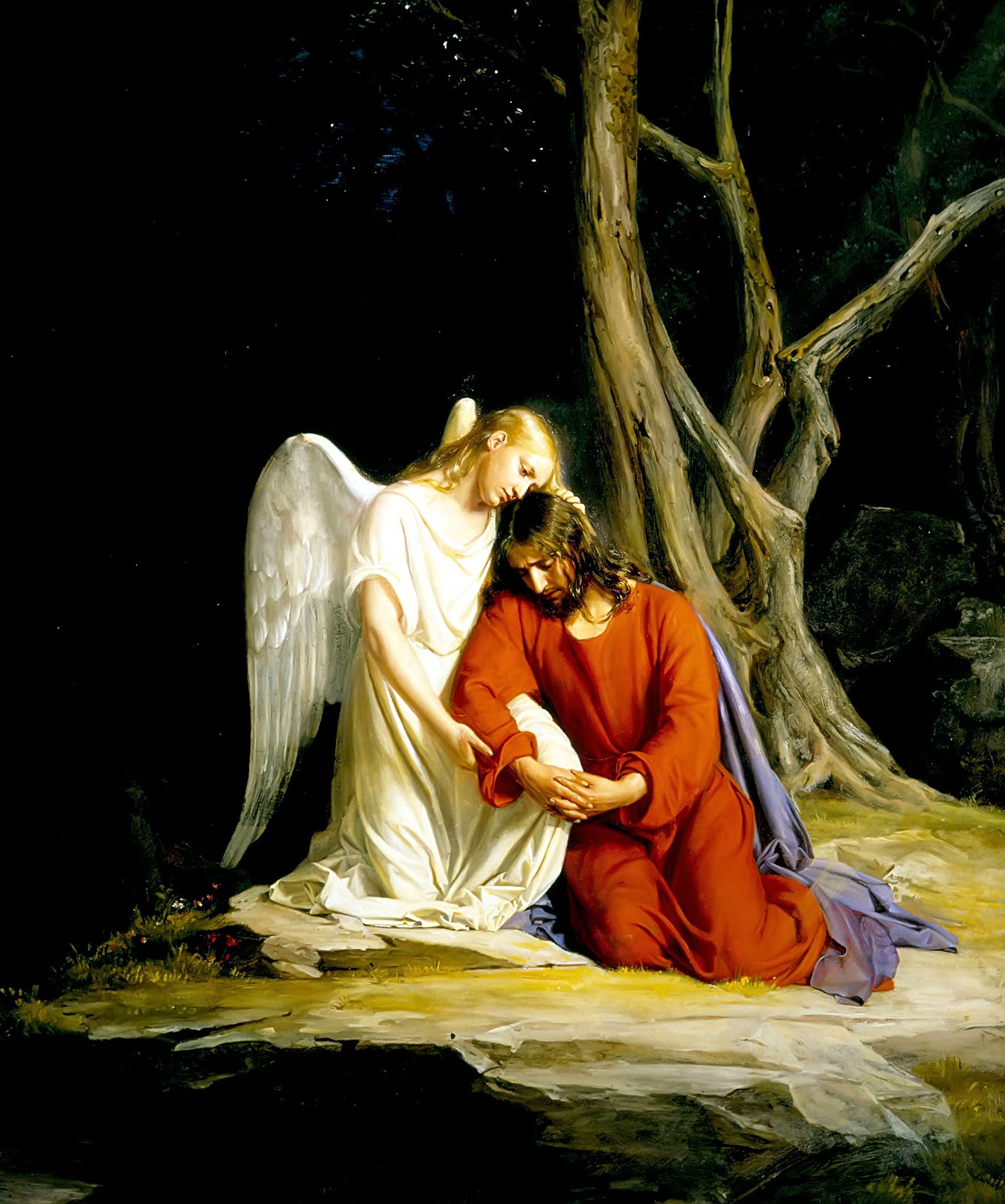“Spiritual Beings in the
Heavenly Bodies and in the Kingdoms of Nature” is a series of lectures by
Rudolf Steiner, originally delivered in Finland in 1912. Steiner was the
founder of Anthroposophy, a spiritual path related to Theosophy, but with
various additions all its own. Most of the lectures in this collection are
relatively easy to read (at least compared to many other Steiner texts), and
give a general outline of Anthroposophical cosmology and cosmogony. The editors
have also included a lecture on meditation and initiation.
What struck me when reading “Spiritual Beings” is Steiner's consistently “animistic” worldview, in which all natural or physical processes are really caused by personified spirit-beings, both angelic and Luciferic. The material world is “maya” (a Hindu term often translated “illusion”). In reality, everything is spiritual and alive. Steiner discusses the activities of the three hierarchies of spirits or angels. They turn out to rule both nature, the planetary bodies, comets and the sun. Or at least the esoteric counterparts of these things in the etheric and astral realms. Some of them rule the nations and human history. Steiner reveals that the material world is really the creation of “Luciferic beings” or rebellious spirits left behind by the main spiritual-evolutionary stream. Yet, it seems that the Luciferic beings are in some sense necessary for the creation of man and his freedom! To be more exact, the material world seems to be the result of a clash between the activities of the Luciferic beings and the angels. Steiner claims that our solar system would look entirely different, had the angels had their way completely. The “Ahrimanic” beings, who seems to be wholly negative, are mentioned only in passing in this book.
The other thing notable about Steiner is his cock-sure way of describing the spiritual realms and angelic hierarchies, as if he had encountered them himself – something he indeed claimed to have done. A bewildered reader may want to ask how Steiner can possibly *know* that the function of comets is to cleanse the solar system from Luciferic energy, that Yahve lives on the moon in order to fend off dangerous Luciferic energies hailing from the sun, or that the etheric and astral bodies of minerals can be seen in the higher worlds by clairvoyants. Of course, Steiner insists that his descriptions of the spiritual world can and should be subject to independent verification by anyone who so wishes. He actually called Anthroposophy “spiritual science”. While many of Steiner's speculations feel rather strange, he does “save the day” to some extent by placing them in the spirit-world, a kind of parallel reality to our own.
Steiner's descriptions of various meditation techniques used to enhance spiritual awareness are interesting. Of particular interest is his distinction between imagination and inspiration, the former being a kind of astral glamour by which the spiritual seeker conjures up fantastic and seemingly real “visions” which are simply products of an overheated mind. Real inspiration, by contrast, is said to confirm Steiner's worldview and happens suddenly when the seeker attempts to control his imagination. It would be interesting to know whether Steiner's descriptions are at least phenomenologically true! Interestingly, Steiner calls the true visions “pictures”, while emphasizing that they are really quite unlike ordinary pictures. This (once again) raises the question how literal Steiner's visions and revelations really were. The descriptions of various angels and demons in “Spiritual Beings” do have a strange and unfamiliar feel about them (quite unlike the traditional Christian angels at the book cover). In a weird kind of way, this actually increases the credibility of the book. Why should angels and demons look like we expect them to?
That being said, many of Steiner's ideas are rather hard to swallow for those used to rigorous science of the non-spiritual variety...
Not sure how to rate this somewhat exotic ouevre, but since it didn't completely repel me (something Steiner occasionally has a tendency to do), I will graciously give it four stars.

No comments:
Post a Comment